Honey crystallization is a natural process that occurs when glucose separates from water and forms tiny crystals. While crystallized honey is perfectly safe to eat and retains all its nutritional benefits, many people prefer the smooth texture of liquid honey. Fortunately, restoring crystallized honey to its liquid state is a simple process that requires minimal effort. The key lies in gentle heating methods that preserve honey's delicate enzymes and flavors.
One of the most effective techniques for decrystallizing honey involves using warm water. This method maintains the honey's quality while gradually returning it to its liquid form. The process works by slowly raising the honey's temperature just enough to dissolve the glucose crystals without damaging the beneficial compounds. Unlike direct heat methods that risk overheating, the water bath approach provides controlled, even warmth.
To begin the restoration process, remove the lid from your honey container. If the honey comes in a glass jar, you can place it directly into warm water. For plastic containers, consider transferring the honey to a heat-resistant glass container first to avoid potential plastic leaching. The water temperature should be comfortably warm to the touch but not hot - ideally between 104°F to 122°F (40°C to 50°C). Water that's too hot can destroy honey's valuable enzymes and alter its flavor profile.
Fill a bowl or saucepan with warm water and place the honey container inside, ensuring the water level reaches about halfway up the jar. As the honey warms, the crystals will gradually begin to dissolve. This process requires patience, as rushing it with higher temperatures will compromise the honey's quality. Depending on the amount of crystallization, the restoration might take anywhere from 20 minutes to several hours. Gently stirring the honey occasionally can help distribute the heat evenly.
For larger quantities of crystallized honey, you may need to refresh the warm water periodically as it cools. Maintain consistent water temperature by adding small amounts of warm water as needed, but avoid sudden temperature changes. The gradual approach preserves honey's delicate structure and prevents thermal shock that could degrade its quality. Remember that honey is a natural product that responds best to gentle treatment.
After the honey returns to its liquid state, dry the container thoroughly before replacing the lid. Moisture introduction can lead to fermentation over time. If you notice any water droplets inside the jar, wipe them away with a clean, dry cloth. Properly decrystallized honey should have the same aroma, color, and flavor characteristics as before crystallization occurred. The process doesn't affect honey's shelf life or nutritional value when done correctly.
Preventing rapid recrystallization is possible by storing honey properly after restoration. Keep your honey in a tightly sealed container at room temperature, away from direct sunlight and temperature fluctuations. Cooler temperatures accelerate crystallization, so avoid refrigerating honey unless you specifically want to encourage the process. Some honey varieties naturally crystallize faster than others depending on their floral source and glucose content.
Understanding honey's natural behavior helps appreciate why crystallization occurs and how to manage it. Raw, unfiltered honey tends to crystallize faster than processed varieties because it contains more natural pollen and wax particles that serve as crystallization nuclei. The speed of crystallization also depends on the ratio of glucose to fructose in the honey - higher glucose content leads to faster crystallization. This natural variation means some honeys might require more frequent decrystallization than others.
For those who regularly use large quantities of honey, investing in a specialized honey warmer can provide convenience. These devices maintain optimal temperatures for keeping honey liquid without damaging its properties. However, the water bath method remains the most accessible and cost-effective solution for occasional decrystallization needs. Both approaches work on the same principle of gentle, controlled heating that respects honey's delicate nature.
While microwave heating might seem like a quicker alternative, it's generally not recommended for decrystallizing honey. Microwave heating tends to create hot spots that can overheat portions of the honey while leaving other areas unaffected. This uneven heating can destroy beneficial enzymes and create an inconsistent texture. The water bath method provides superior results by ensuring gradual, uniform temperature distribution throughout the honey.
Recognizing properly decrystallized honey involves checking for uniform consistency and maintained flavor. The honey should pour smoothly without any graininess or separated layers. Its aroma should remain rich and characteristic of its floral source. If the honey develops an off-flavor or unusual smell during the process, it may indicate overheating or contamination. In such cases, it's best to discard the honey as its quality has likely been compromised.
For commercial honey producers or frequent users, understanding crystallization patterns can inform purchasing decisions. Some beekeepers and honey packers use fine filtration or controlled creaming processes to produce honeys that resist crystallization longer. These products might be preferable for applications where liquid honey is essential. However, many honey enthusiasts argue that crystallization is a sign of quality, indicating minimal processing and higher nutrient content.
The cultural significance of honey preservation techniques spans centuries, with various traditions developing methods to maintain honey's liquid state. Ancient civilizations recognized honey's value and developed storage solutions that minimized crystallization. Modern science has refined these techniques while confirming the importance of gentle heating. Today's methods balance convenience with quality preservation, honoring honey's status as nature's perfect sweetener.
Environmental factors play a role in honey crystallization beyond simple temperature considerations. Humidity levels, air exposure, and even the container material can influence how quickly honey crystallizes. Glass containers generally provide better protection against moisture exchange and temperature fluctuations compared to plastic. Storing honey in optimal conditions reduces the frequency of decrystallization needed while maintaining product quality between uses.
Professional chefs and food manufacturers often employ specialized techniques for handling crystallized honey in large-scale operations. The principles remain similar to home methods but are adapted for volume and efficiency. In commercial settings, temperature-controlled tanks and slow-moving paddles gently warm honey without creating foam or incorporating air. These industrial methods demonstrate how the basic water bath technique scales while maintaining quality standards.
Educating consumers about proper honey handling helps prevent unnecessary waste of this valuable food product. Many people mistakenly discard crystallized honey, unaware that it's a reversible natural process. Sharing knowledge about simple restoration techniques promotes appreciation for honey's natural characteristics while reducing food waste. As consumers become more informed about their food sources, understanding processes like crystallization becomes part of mindful consumption.
The science behind honey crystallization reveals why the water bath method works so effectively. Glucose crystals form stable structures that require specific energy input to break apart. The warm water provides just enough thermal energy to dissolve these crystals without supplying the excessive heat that would break down more delicate honey components. This precise balance makes the technique both effective and gentle, preserving honey's complex chemical composition.
Seasonal considerations affect honey crystallization and decrystallization needs. Colder months typically accelerate the crystallization process, meaning honey users might need to employ restoration techniques more frequently during winter. Conversely, honey stored in warm climates might remain liquid for extended periods. Understanding these patterns helps anticipate when decrystallization might be necessary and plan accordingly.
Beyond culinary uses, properly decrystallized honey maintains its effectiveness for traditional medicinal applications. Many herbal remedies and homeopathic preparations rely on liquid honey as a carrier substance. The gentle warming process ensures these preparations retain their intended therapeutic benefits. This consideration is particularly important for practitioners of traditional medicine who depend on honey's unaltered properties.
Documenting your honey restoration experiences can help identify patterns and optimize the process. Noting factors like honey variety, crystallization speed, and decrystallization time creates valuable reference data for future needs. Over time, this record-keeping can reveal which honey types work best for your specific uses and how to most efficiently maintain them in optimal condition. Such attention to detail reflects the care that quality honey deserves.
The relationship between beekeeping practices and honey crystallization offers additional insights. Beekeepers who understand the crystallization tendencies of their honey can better advise customers on storage and use. Some beekeepers even market naturally crystallized honey as a specialty product, emphasizing its spreadable texture and artisanal character. This diversity in honey presentation celebrates the product's natural variations rather than viewing crystallization as a flaw.
As consumers increasingly value authentic, unprocessed foods, crystallized honey has gained appreciation among certain demographics. The very characteristic once viewed as undesirable now signals purity and minimal processing to discerning buyers. This shift in perception demonstrates how food trends evolve and how traditional preservation knowledge gains new relevance in modern contexts. The ability to properly restore honey when desired provides the best of both worlds - appreciating crystallization when preferred and easily reversing it when needed.

By /Jul 31, 2025

By /Jul 31, 2025

By /Jul 31, 2025
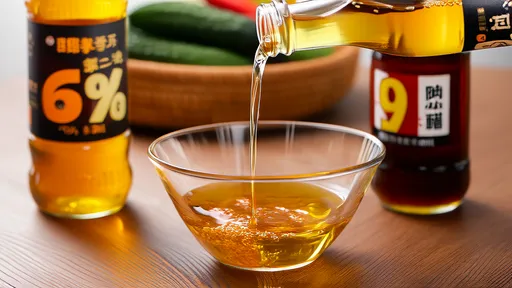
By /Jul 31, 2025
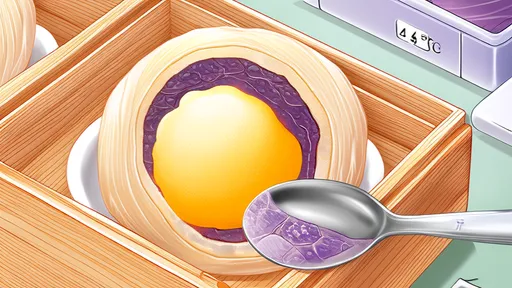
By /Jul 31, 2025

By /Jul 31, 2025

By /Jul 31, 2025
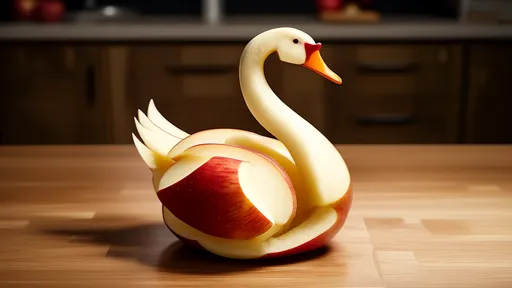
By /Jul 31, 2025

By /Jul 31, 2025

By /Jul 31, 2025
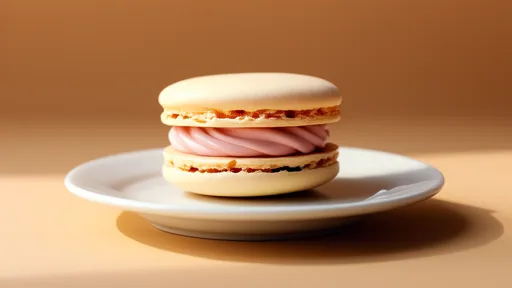
By /Jul 31, 2025
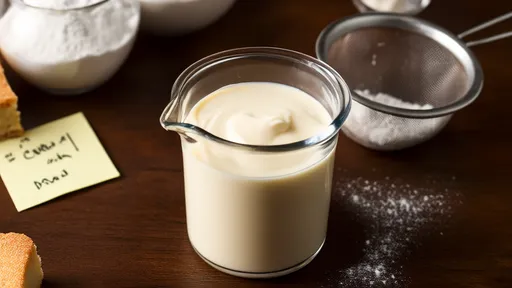
By /Jul 31, 2025
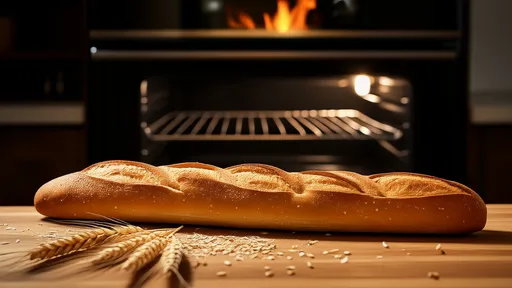
By /Jul 31, 2025

By /Jul 31, 2025
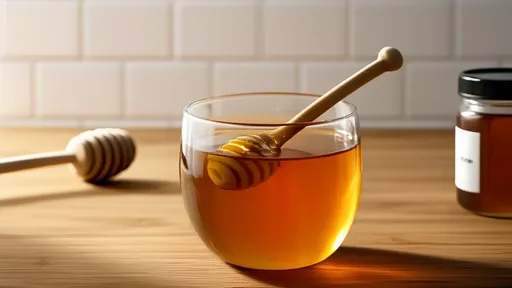
By /Jul 31, 2025

By /Jul 31, 2025

By /Jul 31, 2025
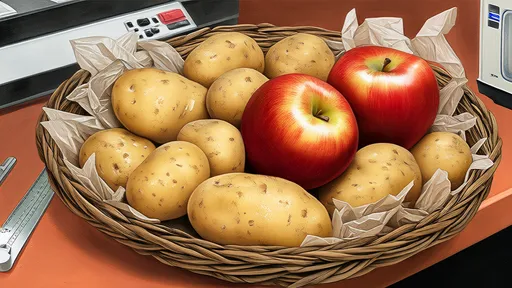
By /Jul 31, 2025
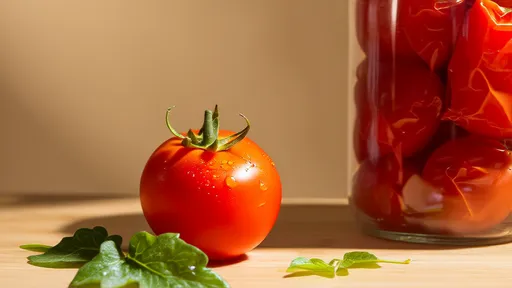
By /Jul 31, 2025
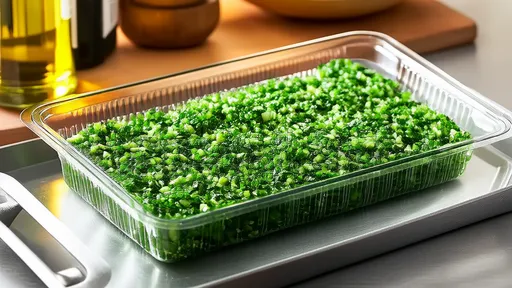
By /Jul 31, 2025